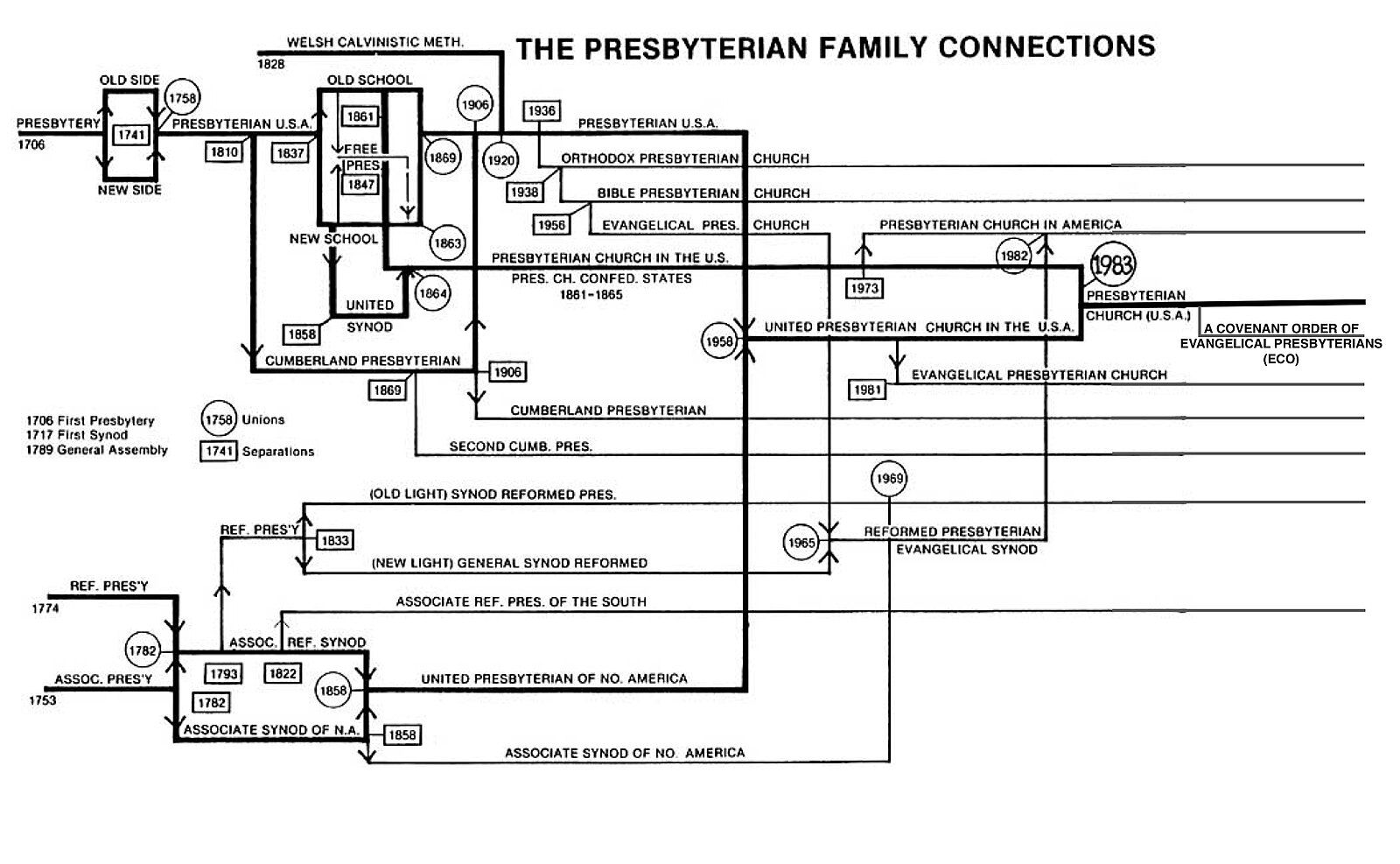Free Presbyterian Church Synod of the United States


Free Presbyterian Church Synod of the United States[1] was an anti-slavery denomination formed of churches that had withdrawn from Old School and New School Presbyterian Churches and that first organized as the Free Synod of Cincinnati in 1847.
The instigator was the Rev. John Rankin, a fervent abolitionist and pastor of a New School Presbyterian Church in Ripley, Ohio, who had unsuccessfully petitioned the General Assembly of his denomination to exclude slaveholders from membership.[2] The Free Presbyterian Church remained small with seven presbyteries, about 72 congregations, and 70 ministers and licentiates, scattered from Pennsylvania to Iowa—though most congregations were in southern Ohio and western Pennsylvania. The church launched a newspaper, the Free Presbyterian in 1850 and Iberia College in 1854. At its peak in the early 1850s, the church had perhaps a thousand to two thousand communicants.[3]
The church never developed a strong organization and in theology remained close to Presbyterian orthodoxy. Rankin had no desire to create his own ecclesiastical empire, and no other strong leaders appeared to solidify the organization.[4] Although the Free Church may have challenged the conscience of the older Presbyterian bodies, it dwindled with the coming of the American Civil War. The synod itself did not meet after 1863, and most of the presbyteries failed to meet after 1865, though some Free Churches may have briefly survived the war.[5]
References
- ^ The formal name is provided by Andrew E. Murray, Presbyterians and the Negro: A History (Philadelphia: Presbyterian Historical Society, 1966), 120, published by the Presbyterian Historical Society. In other secondary sources the church is called the "Free Presbyterian Church of America," perhaps a convenient (and even contemporary) shorthand.
- ^ Larry G. Willey, "John Rankin, Antislavery Prophet, and the Free Presbyterian Church," American Presbyterians, 72:3 (Fall 1994), 165.
- ^ Willey, 168.
- ^ Willey, 169.
- ^ Murray, 118-26; Willey, 167-70; John R. McKivigan, The War Against Proslavery Religion: Abolitionism and the Northern Churches, 1830-1865 (Ithaca: Cornell University Press, 1984), 102-05.
- v
- t
- e
Reformed
(Main article)
- Associate Reformed Presbyterian Church
- Covenant Presbyterian Church
- Cumberland Presbyterian Church
- ECO: A Covenant Order of Evangelical Presbyterians
- Evangelical Presbyterian Church
- Presbyterian Church in America
- Presbyterian Church (USA)
- Reformed Presbyterian Church General Assembly
- Reformed Presbyterian Church – Hanover Presbytery
- Upper Cumberland Presbyterian Church
- Vanguard Presbyterian Church
| Fundamentalist[d] | |
|---|---|
| Black | |
| Scottish[e] |
|
| Korean[b] |
|
(Main article)
- ^ This denomination is the result of a merger between Lutheran, German Reformed, Congregational and Restorationist churches and is such considered by some to no longer be a "Reformed denomination".
- ^ a b c d e This refers to the denomination's heritage and not necessarily to the language in which the services are conducted in.
- ^ This is a reformed synod within the United Church of Christ that is distinct in heritage, doctrine and practice from the rest of the denomination.
- ^ Those are denominations spawned by the Fundamentalist–modernist controversy of the 1920s.
- ^ Although Presbyterianism itself originated in Scotland, those denominations stand out as having a more proeminent scottish heritage and/or connection with scottish presbyterian denominations.
- ^ Those denominations allow member churches to be more diverse as regards the reformed tradition that they adhere to.










